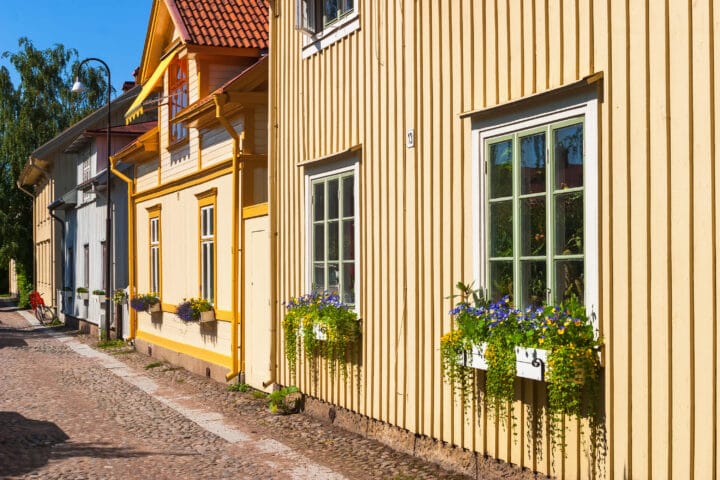Choosing the right siding for your home can seem like a big decision, but it’s a worthwhile one. The siding you choose not only affects the look of your house but also impacts durability, energy efficiency, and long-term maintenance needs. With so many materials and styles available, from classic vinyl to modern fiber cement, each option offers unique benefits that can make your home stand out while protecting it from the elements.
Types of Siding and Their Benefits
Let’s dive into some of the most popular types of siding materials, exploring their pros, cons, and why each might be the perfect fit for your home.
Vinyl Siding
Vinyl is one of the most popular choices for home siding and for good reason. It’s cost-effective, versatile, and comes in a wide range of colors and styles. Vinyl is low-maintenance, which makes it appealing to homeowners looking to reduce upkeep. Although vinyl is durable, it’s not as impact-resistant as some other materials, so consider the local weather patterns before choosing this option.Fiber Cement Siding
Fiber cement siding, known for its durability and resistance to harsh weather conditions, is a fantastic choice for homeowners who want a long-lasting material. It’s more expensive than vinyl but provides an elegant look that can mimic the appearance of wood or stone. Plus, it’s highly fire-resistant and withstands extreme temperatures, making it a popular choice for homes in high-risk areas.Wood Siding
There’s nothing quite like the natural beauty of wood siding. It gives homes a classic, rustic look that’s difficult to replicate. Wood siding is highly customizable and can be painted or stained in nearly any color. The downside? It requires regular maintenance to protect it from weather and pests. If you’re willing to invest in the upkeep, wood siding can add incredible character to your home.Metal Siding
Metal siding, typically made from aluminum or steel, is highly durable and modern-looking. This type of siding is commonly used in contemporary homes or industrial-style builds. Metal siding is fire-resistant and requires minimal maintenance, though it can be prone to dents and scratches. It’s an excellent option for homeowners looking for a sleek, industrial look.Brick and Stone Veneer Siding
For homeowners who want a timeless look, brick and stone veneer siding can add a touch of elegance to any home. Although it can be expensive, it’s incredibly durable and energy-efficient. Brick and stone provide excellent insulation and require minimal maintenance. However, installation can be a significant investment.
Considerations Before Choosing Your Siding
When selecting siding, there are a few key factors to keep in mind to ensure you make the best choice for your home:
Climate: Weather conditions play a huge role in determining the best siding material. In humid climates, rot-resistant materials like fiber cement or metal may be ideal. For colder climates, insulated vinyl can help reduce energy costs.
Maintenance Needs: Think about how much time and effort you’re willing to spend on maintenance. Wood requires regular treatment, while materials like vinyl and metal need minimal care.
Budget: Costs vary greatly between siding materials. Vinyl is budget-friendly, while options like brick or natural wood can be significantly more expensive.
Aesthetic Appeal: Finally, consider the look you want for your home. Each material offers unique aesthetic possibilities, so think about what will best match your style and the character of your neighborhood.
The Installation Process
Proper installation is critical for siding longevity. Even the best materials can fail if not installed correctly. Make sure to work with experienced professionals who understand the nuances of each type of siding. A good installer will also help ensure the siding fits seamlessly and has adequate insulation to protect your home from heat loss or moisture infiltration.
Final Thoughts on Siding
Choosing the right siding may feel like a challenge, but it doesn’t have to be overwhelming. Start by assessing your climate, budget, and style preferences, and explore the pros and cons of each material. Whether you go with vinyl, fiber cement, or wood, the right siding will not only enhance your home’s curb appeal but will also provide a protective barrier for years to come.

